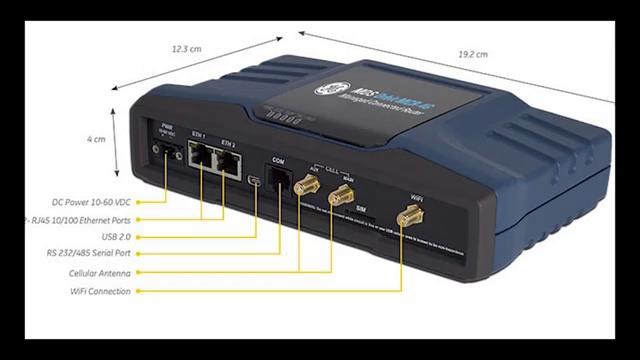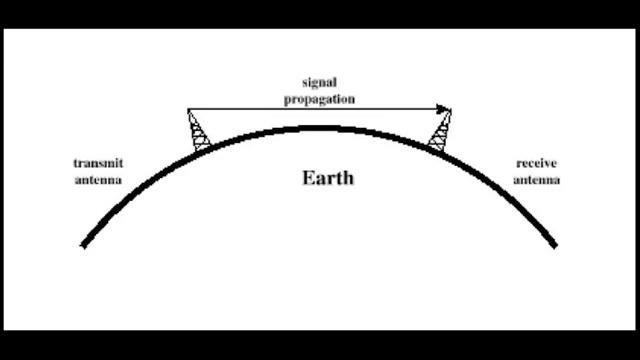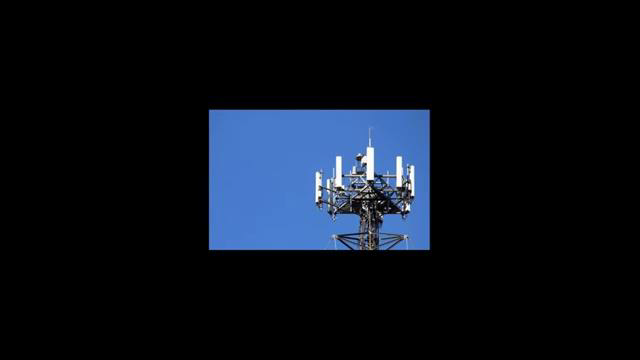Industrial_Cellular_Radio_Basics.pdf
Transcript:
[0m:4s] Hi I'm Josh Bloom, welcome to another video in the RSP Supply education series. If you find that these videos are helpful to you, it certainly helps us out if you could give us a big thumbs up and subscribe to our channel.
[0m:16s] In today's video, we are going to talk about radio communications and some specific situations where that communication might be limited or even impossible.
[0m:28s] In these cases, you might find that a cellular communication radio is the right solution.
[0m:33s] If you have not seen some of our other videos where we talk about radio communication and some of the related hardware, we will link those videos in the description below.
[0m:43s] It is not uncommon in industrial situations to have critical hardware located in remote locations.
[0m:50s] A good example of this would be a water tank.
[0m:53s] At the tank site, you might have valves, pumps, and other monitoring devices that are critical to the function of that tank to ensure that it delivers water when needed.
[1m:4s] Depending on how remote the location of the tank is
[1m:8s] can affect how it communicates to other sites on your network where you might be monitoring it.
[1m:15s] Ideally, you would want to run some kind of Wired communication line.
[1m:19s] However, in remote locations, this is almost never the case for obvious logistical, reasons and costs.
[1m:26s] The most common solution would be to use some kind of industrial communication radio. These radios have many different hardware configurations and function really well, as long as they have another location that they can communicate with,

[1m:41s] and is within the communication range of the radio and antenna.
[1m:46s] However, there are times when even these radios are not a good option for various reasons.
[1m:52s] For example, if you have a remote site that is in a different state from where you are monitoring and controlling the site in question, it is in these types of scenarios where a different communication option might need to be considered.
[2m:7s] Cellular radios are used in situations where traditional radio communication networks may not exist, or where direct line of sight on those networks may be hard to achieve.

[2m:21s] Cellular radios function in similar ways to how many of the devices we use on a daily basis by function, like our cell phones.

[2m:28s] These devices rely on cellular communication towers to transmit data to and from our phones and other mobile devices. Depending on the type of network those devices are designed for will dictate things such as speed and data throughput capacity.

[2m:45s] The same principles apply to industrial style cellular radios.
[2m:50s] Just like your smartphone, these radios rely on third party transmission signals in order to properly communicate.
[2m:56s] And just like our cell phones, the hardware specifications of the radios we use will dictate what type of cellular network you will have access to. In situations where the data requirements are very low, for example, a scenario where you are only monitoring a few simple data points once every hour or so,

[3m:18s] you would not need a network with higher speed capabilities.
[3m:22s] However, if you are hoping to monitor something like a live video feed or other complex data and information over that network,
[3m:31s] a radio and network capable of higher speeds and data capacities will be necessary. Some advantages of using these types of radios are first and foremost the flexibility they can offer in terms of what situations you can use them in.
[3m:45s] Like, the example I described with remote water tank, cellular radios allow us to communicate with remote sites from almost anywhere in the world by relying on very large proprietary cellular networks.
[3m:59s] There are however some disadvantages to using these types of radios as you might expect.
[4m:5s] One of the biggest drawbacks to using cellular networks is cost. While the radios themselves are usually priced in line with other types of industrial communication radios,
[4m:15s] there will almost always be a monthly service charge, which can vary greatly depending on the demands of your specific application.
[4m:24s] These costs can add up over time making the cellular radio option an expensive one.
[4m:30s] Also, because the radio is operating on a third-party network,
[4m:34s] your ability to customize and configure your radio network will be greatly limited.
[4m:41s] So, while cellular radios can be a great option in certain situations,
[4m:46s] typically, traditional industrial radios will provide the most flexible and reliable solution over time while saving you the cost of a monthly service charge. However, when traditional communication methods fail, cellular radios can provide a reliable and effective alternative.
[5m:18s] For a full line of industrial cellular radios and thousands of other products, please go to our website. For more information or other educational videos, go to RSPSupply.com, the Internet's top source for industrial hardware. And, don't forget: like and subscribe.




